Historic Hearths: The Evolution And Impact Of Old Mexico Mining Ovens
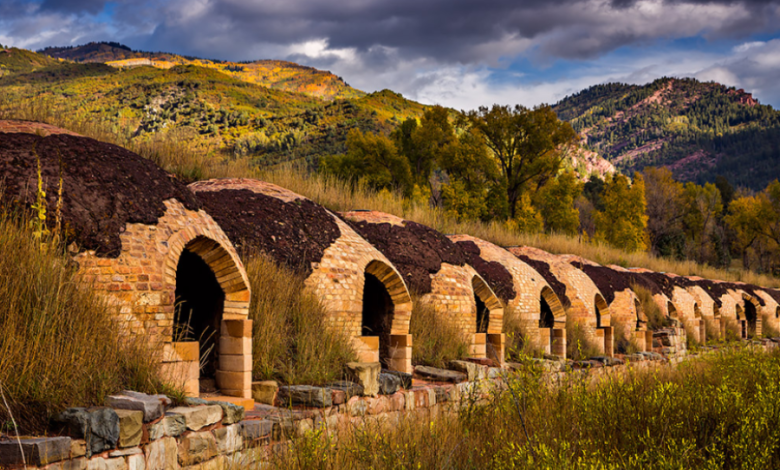
Introduction: Unveiling The Historical Significance
Rediscovering a Bygone Era
The old mining ovens of Mexico, or hornos, are significant historical structures that highlight the country’s rich mining heritage dating back to colonial times. These ovens were essential in the extraction of precious metals such as silver and gold, which played a vital role in the economic development of the region. The technology and methods used in these ovens, introduced by the Spanish, revolutionized mining practices in Mexico, leading to increased productivity and efficiency.
Beyond their economic impact, these hornos have left a lasting cultural legacy. They symbolize the ingenuity and hard work of the Mexican people, influencing local traditions and community identities. Many of these structures have been preserved as historical monuments, serving as educational tools and tourist attractions that offer insights into Mexico’s colonial past and its industrial advancements. Their preservation continues to foster cultural pride and economic opportunities through heritage tourism.
The Origins Of Mexican Mining Ovens
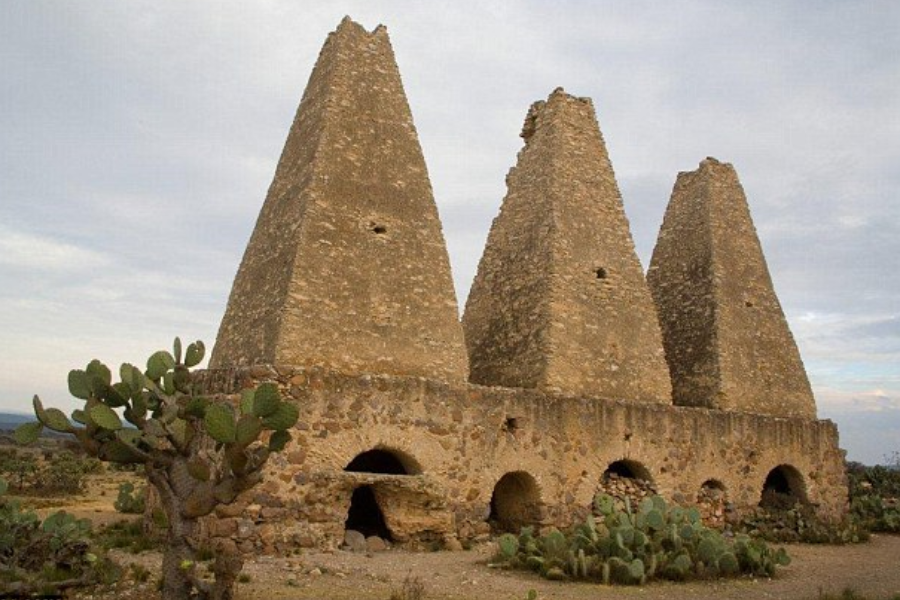
Colonial Beginnings
The introduction of mining ovens in Mexico can be traced back to the Spanish colonial period. When the Spanish conquerors arrived in the 16th century, they brought with them advanced mining techniques, including the use of horns. These ovens were essential for smelting ores, enabling the extraction of valuable metals.
Technological Innovations
Over time, the design and technology of mining ovens evolved. Initially, these ovens were simple structures, but advancements led to more sophisticated designs that improved efficiency and output. The integration of local knowledge and materials with Spanish techniques resulted in a unique hybrid technology that was well-suited to the Mexican landscape.
Regional Variations
Different regions of Mexico developed distinct styles of mining ovens, influenced by local resources, climate, and the types of ores being processed. For instance, in Zacatecas and Guanajuato, regions renowned for their rich silver deposits, mining ovens were specifically designed to handle large quantities of ore.
Construction And Functionality Of Mining Ovens
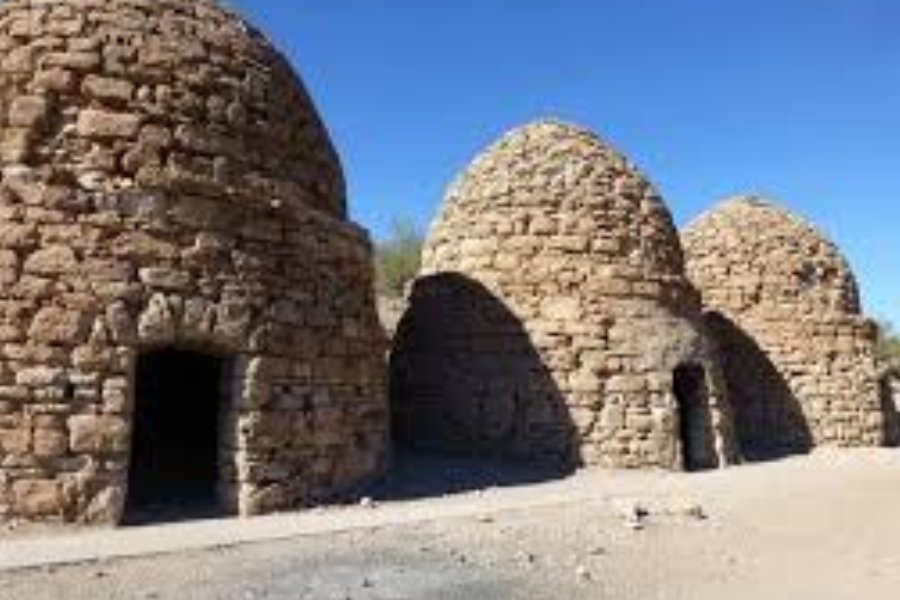
Architectural Design
Mexican mining ovens were typically constructed using locally available materials like adobe, stone, and brick. Their design varied depending on the region and the specific needs of the mining operation. Some ovens were built into hillsides, while others stood independently. The interiors were designed to withstand high temperatures, essential for smelting.
Smelting Process
The primary function of these ovens was to smelt ores, a process that involved heating the ore to a high temperature to separate the metal from the surrounding rock. This process required a consistent and intense heat, which the mining ovens could provide. The metal would then be collected and refined further to produce silver, gold, and other valuable minerals.
Fuel Sources
The ovens were typically fueled by charcoal or wood, both abundant in various regions of Mexico. The choice of fuel and its availability greatly influenced the efficiency and cost-effectiveness of the smelting process.
The Economic Impact Of Mining Ovens
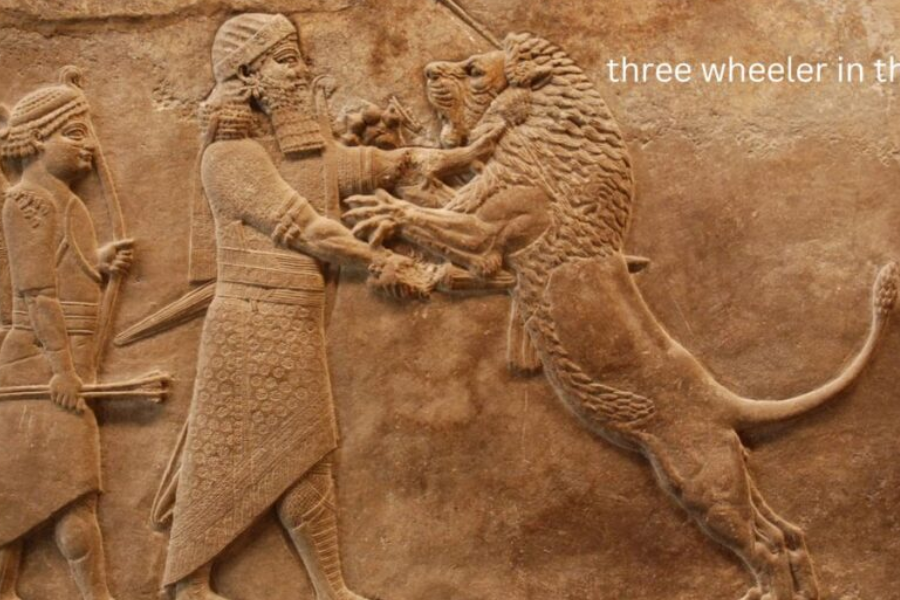
Boosting the Colonial Economy
The mining industry was a cornerstone of the colonial Mexican economy, and the mining ovens were integral to this industry. The wealth generated from mining operations helped fund the colonial administration and contributed to developing infrastructure and cities.
Local Economies and Communities
In addition to their impact on the broader economy, mining ovens also played a vital role in local communities. Mining towns sprung up around successful mining operations, creating jobs and fostering local economies. The skills and techniques associated with operating these ovens were passed down through generations, becoming an essential part of the community’s identity.
Export and Trade
The metals extracted using these ovens were not only vital for local economies but also for international trade. Silver from Mexican mines was shipped to Europe and Asia, making Mexico one of the wealthiest and most influential regions in the Spanish Empire.
Cultural And Social Implications
Heritage and Tradition
The legacy of the old mining ovens extends beyond their economic impact. They are a symbol of the ingenuity and resilience of the Mexican people. The techniques and traditions associated with these ovens have been preserved and celebrated in many mining towns, where they remain a source of local pride.
Architectural Heritage
Many of the old mining ovens have been preserved as historical monuments. They stand as a testament to the architectural and engineering prowess of their builders. These structures attract historians, archaeologists, and tourists, contributing to cultural tourism and the preservation of local heritage.
Community Identity
In many towns, the mining ovens are central to local history and identity. Festivals and cultural events often celebrate the mining heritage, with reenactments and demonstrations of traditional smelting processes.
The Decline Of Traditional Mining Ovens
Technological Advancements
With the advent of modern technology, traditional mining ovens gradually became obsolete. New methods of ore extraction and processing, such as the use of chemical leaching and electric furnaces, replaced the old horns. These modern techniques were more efficient and less labor-intensive, leading to the decline of traditional mining practices.
Preservation Efforts
Despite their decline, efforts have been made to preserve the remaining mining ovens. Various historical and cultural organizations recognize their importance and have taken steps to protect and restore these structures. These efforts ensure that future generations can appreciate and learn from this aspect of Mexico’s mining heritage.
Challenges in Preservation
Preserving these structures presents several challenges, including environmental degradation, lack of funding, and the need for specialized restoration techniques. Community involvement and government support are crucial for successful preservation initiatives.
The Modern Relevance Of Historical Mining Ovens
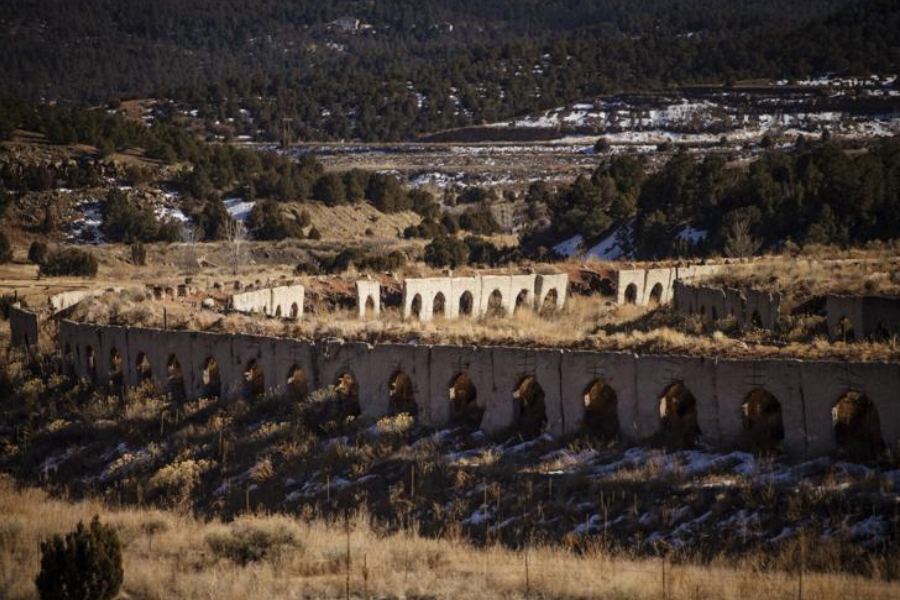
Educational Value
The old mining ovens serve as educational tools, providing insights into historical mining techniques and the socioeconomic conditions of the colonial period. Museums and educational programs use these sites to teach about the history of technology and industry.
Tourism and Economic Opportunities
Historical mining ovens have become important tourist attractions. Heritage tourism provides economic opportunities for local communities, fostering economic development while preserving cultural heritage.
Inspiration for Sustainable Practices
The traditional techniques used in these ovens can inspire modern sustainable practices. The efficient use of local materials and resources in historical mining operations offers lessons for contemporary resource management and environmental conservation approaches.
FAQs About The Legacy Of Old Mexican Mining Ovens
1. What are Mexican mining ovens (hornos)?
Mexican mining ovens, also known as hornos, are historical structures used for smelting ores to extract precious metals like silver and gold during the colonial period.
2. When were these mining ovens first introduced in Mexico?
The mining ovens were introduced by the Spanish in the 16th century when they brought advanced mining techniques to Mexico.
3. What materials were used to construct the mining ovens?
Mining ovens were typically constructed using locally available materials such as adobe, stone, and brick.
4. What was the primary function of these mining ovens?
The primary function of mining ovens was to smelt ores, a process involving heating the ore to a high temperature to separate the metal from the surrounding rock.
5. How did these ovens impact the economy during the colonial period?
Mining ovens played a crucial role in the colonial economy by boosting mining productivity and efficiency, leading to significant wealth generation, which funded colonial administration and infrastructure development.
6. Are any old mining ovens still in use today?
Traditional mining ovens are largely obsolete due to modern technological advancements. However, some are preserved as historical monuments and tourist attractions.
7. What challenges are associated with preserving these historical structures?
Preservation challenges include environmental degradation, lack of funding, and the need for specialized restoration techniques. Community involvement and government support are essential for successful preservation efforts.
8. How do the old mining ovens contribute to modern education and tourism?
Old mining ovens serve as educational tools in museums and educational programs, providing insights into historical mining techniques and socioeconomic conditions. They are also important tourist attractions, promoting heritage tourism and economic opportunities for local communities.
9. Can traditional techniques used in these ovens inspire modern practices?
Yes, the efficient use of local materials and resources in historical mining operations can inspire modern sustainable practices in resource management and environmental conservation.
10. How have mining ovens influenced the cultural heritage of Mexican communities?
Mining ovens have left a lasting cultural legacy, symbolizing the ingenuity and hard work of the Mexican people. They influence local traditions, and community identities, and are celebrated through festivals and cultural events.
Conclusion
The old Mexican mining ovens, or hornos, are more than just historical artifacts; they are enduring symbols of Mexico’s rich mining heritage and cultural identity. Introduced during the Spanish colonial period, these ovens revolutionized mining practices, significantly impacting the economy and shaping the cultural fabric of mining communities.
While technological advancements have rendered traditional mining ovens obsolete, their historical and cultural significance continues to be recognized and celebrated. Preservation efforts, though challenging, are vital for maintaining these structures as educational tools and tourist attractions. By understanding and appreciating the legacy of these mining ovens, we not only honor the past but also draw inspiration for sustainable practices and community development in the present and future. The legacy of the old Mexican mining ovens remains a testament to the ingenuity, resilience, and cultural richness of the Mexican people.
Stay in touch for more updates and alerts visit: Techpro Magazine!





